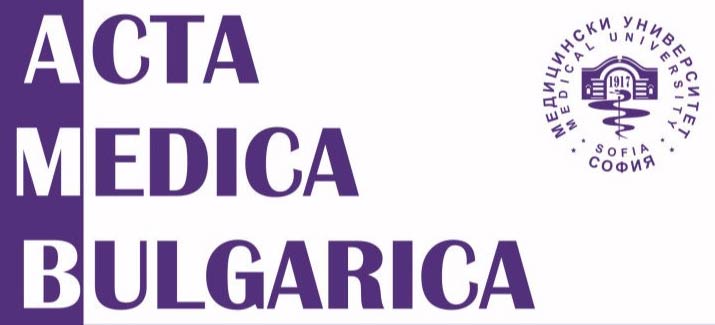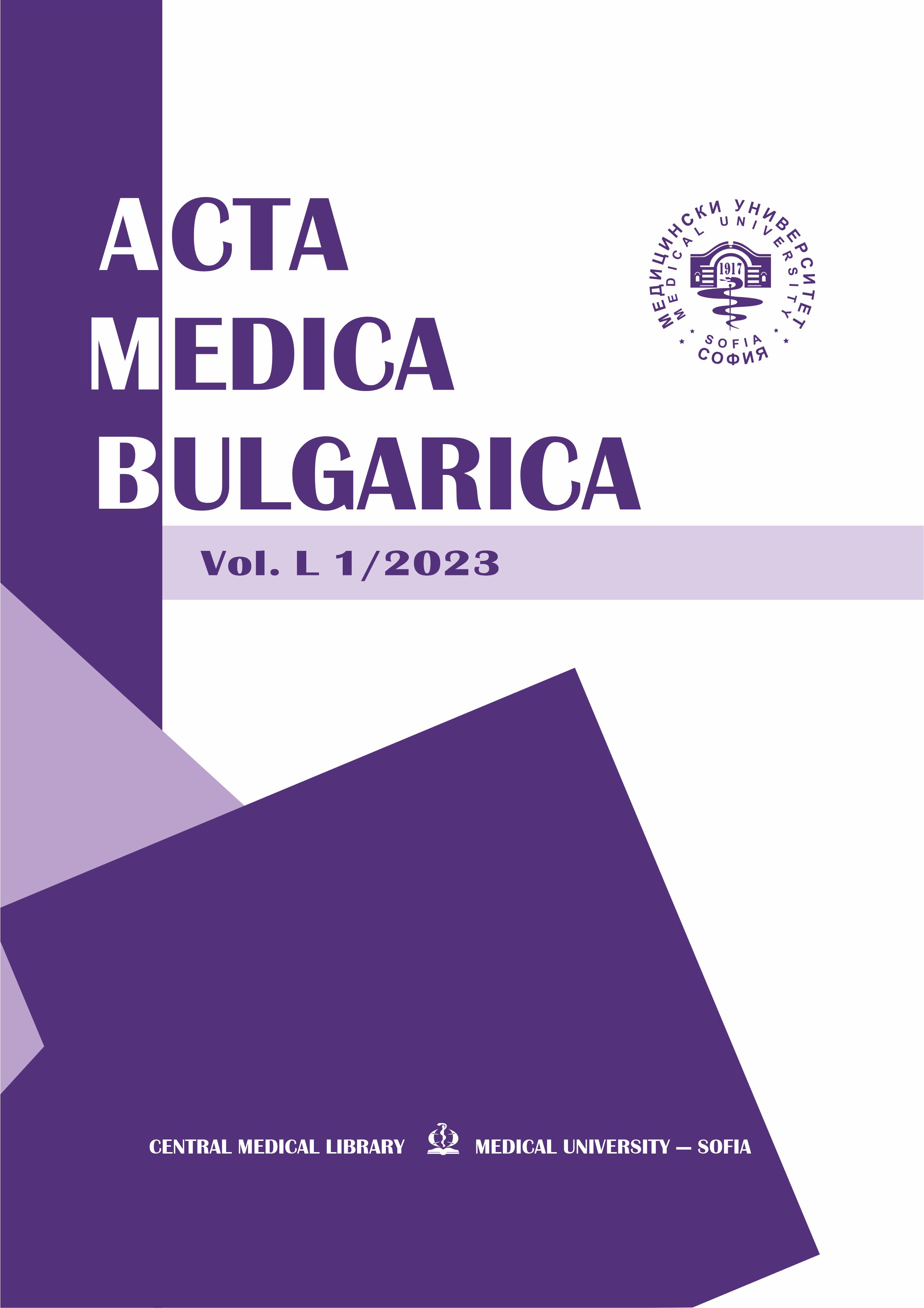A New Case of Childhood Acute Lymphoblastic B-Cell Leukemia from Pristina
DOI:
https://doi.org/10.2478/AMB-2023-0009Keywords:
acute lymphoblastic leukemia, cancer syndrome, childhood gene fusionAbstract
Acute lymphoblastic leukemia (ALL) is a malignant disease caused by mutations in B- or T-cell precursors of bone marrow cells. Childhood acute lymphoblastic leukemia (ALL) is a subtype of pediatric cancer with a 1 in 2000 incidence. Here we present a new childhood ALL in a 3-year-old girl. As CD45/19, CD10/19, CD3, CD8, CD10, and CD19 were positive in immunohistochemically analyses of blast cells, a B-ALL was diagnosed with a causative ETV6-RUNX1 gene fusion. The patient was treated based on standard protocols BMF-ALL 2009. Interestingly, an aunt and a grandfather of the patient had experienced malignancies as well, which may be carefully interpreted as a hint on a familial cancer syndrome.
References
Dickinson HO. The causes of childhood leukaemia. BMJ. 2005; 330: 1279-1280.
Rowley JD, Le Beau MM, Rabbitts TH. Chromosomal translocations and genome rearrangements in cancer. Cham: Springer 2015.
Golub TR, Barker GF, Bohlander SK, et al. Fusionof the TEL gene on 12p13 to the AML1 gene on 21q22 in acute lymphoblastic leukemia. Proc Nat Acad Sci U S A. 1995; 92: 4917-4921.
Romana SP, Mauchauff e M, Le Coniat M, et al. The t(12;21) of acute lymphoblastic leukemia results in a tel-AML1 gene fusion. Blood. 1995; 85: 3662-3670.
Geyer MB, Hsu M, Devlin SM, et al. Overall survival among older US adults with ALL remains low despite modest improvement since 1980: SEER analysis. Blood. 2017; 129: 1878-81.
Clarke RT, Van den Bruel A, Bankhead C, et al. Clinical presentation of childhood leukaemia: a systematic review and meta-analysis. Arch Dis Child. 2016; 101(10): 894-901.
Horibe K, Saito AM, Takimoto T et al. Incidence and survival rates of hematological malignancies in Japanese children and adolescents (2006-2010): Based on registry data from the Japanese Society of Pediatric Hematology. Int J Hematol. 2013; 98: 74-88.
Inaba H, Mullighan CG. Pediatric acute lymphoblastic leukemia. Haematologica. 2020; 105(11): 2524-2539.
Pui CH, Yang JJ, Hunger SP, et al. Childhood Acute Lymphoblastic Leukemia: Progress Through Collaboration. J Clin Oncol. 2015; 33(27): 2938-48.
Van Dongen JJ, Macintyre EA, Gabert JA, et al. Standardized RT-PCR analysis of fusion gene transcripts from chromosome aberrations in acute leukemia for detection of minimal residual disease. Report of the BIOMED-1 Concerted Action: investigation of minimal residual disease in acute leukemia. Leukemia. 1999; 13(12): 1901-28.
Seeger K, Buchwald D, Peter A, et al. TEL-AML1 fusion in relapsed childhood acute lymphoblastic leukemia. Blood. 1999; 94(1): 374-376.
Li X, Sundquist K, Sundquist J et al. Family history of early onset acute lymphoblastic leukemia is suggesting genetic associations. Sci Rep. 2021; 11(1): 12370.
Holmfeldt L, Wei L, Diaz-Flores E, et al. The genomic landscape of hypodiploid acute lymphoblastic leukemia. Nat Genet. 2013; 45(3): 242-252.
Moriyama T, Metzger ML, Wu G, et al. Germline genetic variation in ETV6 and risk of childhood acute lymphoblastic leukaemia: a systematic genetic study. Lancet Oncol. 2015; 16(16): 1659-1666.
Shah S, Schrader KA, Waanders E, et al. A recurrent germline PAX5 mutation confers susceptibility to pre-B cell acute lymphoblastic leukemia. Nat Genet. 2013; 45(10): 1226-1231.
Noetzli L, Lo RW, Lee-Sherick AB, et al. Germline mutations in ETV6 are associated with thrombocytopenia, red cell macrocytosis and predisposition to lymphoblastic leukemia. Nat Genet. 2015; 47(5): 535-538.
Downloads
Published
Issue
Section
License
Copyright (c) 2023 Acta Medica Bulgarica

This work is licensed under a Creative Commons Attribution-NonCommercial-NoDerivatives 4.0 International License.
You are free to share, copy and redistribute the material in any medium or format under these terms.


 Journal Acta Medica Bulgarica
Journal Acta Medica Bulgarica 